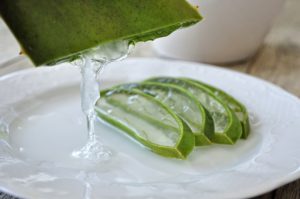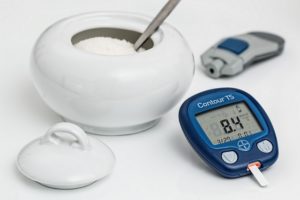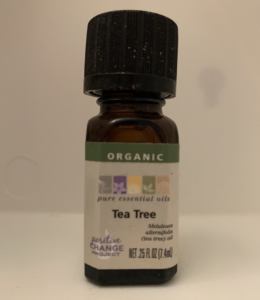Simple Treatments for Warts on the Hands and Feet
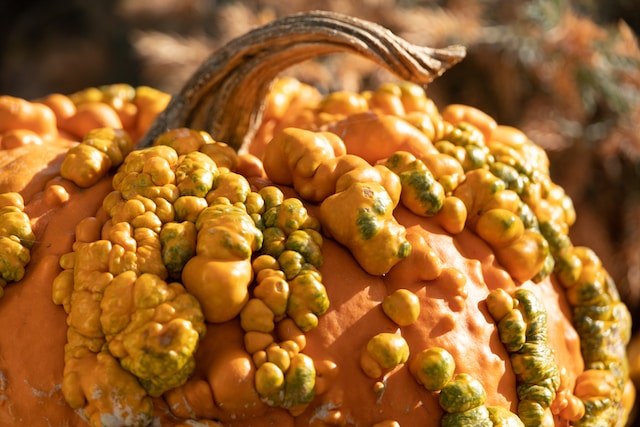
Warts can be a nuisance. They are unsightly, and when present on the feet, they can be quite painful. Unfortunately, warts can frequently be resistant to treatment. While the standard approach of freezing warts with liquid nitrogen is sometimes effective, other at-home treatments may save a trip to the doctor’s office.
As a contagious skin infection, warts are caused by different strains of the human papillomavirus (HPV). As an infection, over one hundred different strains of HPV exist, with different strains having preferences for different locations on the body (Luria 2023). On the hands and feet, HPV subtypes 1, 2, 4, 27 and 57 are most common. Genital warts are caused by both low risk subtypes 6 and 11 or high risk subtypes 16 and 18, among others. These high risk HPV subtypes can promote the local development of cancer.
Due to the sensitive tissues involved with genital warts, they should generally be treated by a doctor. For warts on the hands and feet, some at-home remedies may be useful. Warts on the feet are often acquired from locker rooms and shared public showers. Wearing shower shoes or flip flops can help to prevent exposures in public locations.
At-HomeTreatments
Duct Tape
Probably one of the strangest treatments for warts is duct tape. The first published clinical trial found that duct tape cleared warts 85% of the time as compared to freezing, which was only 60% effective (Focht 2003). However, the most recent trial found a much lower efficacy, just 20% for silver duct tape and 58% for freezing (Abdel-Fatif 2020). Two additional clinical trials found no significant effect beyond placebo with duct tape (Haen 2006, Wenner 2007).
In my experience, duct tape works best when the skin underneath is completely occluded from air during the duration of the duct tape treatment. In other words, the tape has to be sticky enough that it forms a good seal with the skin, keeping out air. While not necessarily a slam dunk, duct tape is cheap, simple and safe, as the only likely risk is a potential allergic reaction to the duct-tape adhesive.
Silver Formulations
The antimicrobial effects of silver have long been described. I even did a previous review on colloidal silver. For warts, a couple of different silver compounds have shown some efficacy. Silver nitrate is a caustic chemical that has been used historically for treating warts. Available as a liquid or in “pencils,” the chemical is applied directly to a wart. As a caustic treatment, silver nitrate can cause burns, so it needs to be handled appropriately. It can also temporarily dye skin blueish or black.
A study on using silver nitrate pencils that are activated by briefly touching wet skin, found 43% clearance of warts with their use as compared to 11% with a black-ink placebo (Yazar 1994). A separate study on a 10% silver nitrate solution applied every other day for three weeks found resolution in 63% of patients (Ebrahimi 2007). A much stronger 95% solution has also been used to treat warts on the feet in a clinical trial (Concannon 2017). The solution was either applied by a professional, or instructions were given for at-home use. Doctor-applied silver nitrate resulted in 34% resolution, whereas home applications only resulted in 19% full resolution.
A separate trial of a commercially available silver-nitrate solution (concentration unspecified) was tested in warts resistant to treatment (Puviani 2019). In the study, when compared to other treatments that had only 3% success, the silver nitrate solution was 20% effective for complete resolution of warts.
A combination product that contains fig extract combined with colloidal silver was used on plantar warts. In the study, the combination product cleared the warts in 64% of patients as compared to only 8% of patients in the placebo group (Yousefpour 2023).
Herbal Therapies
Clove, White Willow and Black Cumin
A combination herbal product in olive oil showed significant efficacy against warts (Rezaei 2008). The oil contained constituents from three herbs: clove, white willow and black cumin seed (Nigella sativa). In the study, six weeks of treatment resulted in an 88% cure rate, which was basically equivalent to standard care which provided resolution in 90% of cases.
Garlic Extract
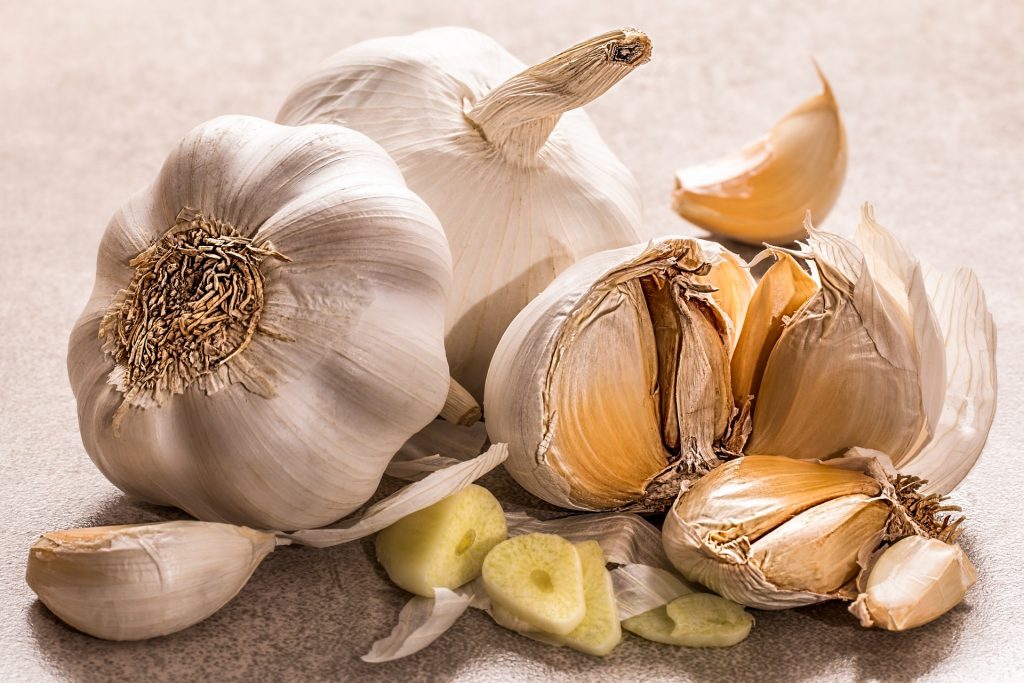
A study on the effects of an oil-based garlic extract also showed impressive results (Kenawy 2014). In the study of recalcitrant warts, a garlic-extract oil was applied twice daily for up to four weeks. The treatment was only applied to the largest wart present on the body. Six months after the four-week treatment period, 92% of patients had complete resolution of all warts with the treatment.
Green Tea Extract
While only studied in clinical trials for genital warts, green tea extract might also work for warts at other locations. A review study of the literature found that a 10% to 15% green-tea-extract-containing cream applied topically was around 58% effective at complete wart resolution (Meltzer 2009). A single case study of a man with recalcitrant facial warts found complete cure with topical, green-tea extract applied three times daily for three weeks (Clouth 2015).
Conclusion
Warts are a common skin condition that are often resistant to treatment. Fortunately, a number of integrative and herbal approaches appear to hold promise. From duct tape, silver formulations and herbal extracts, it is likely possible to get resolution in at least a portion of difficult-to-treat cases.

